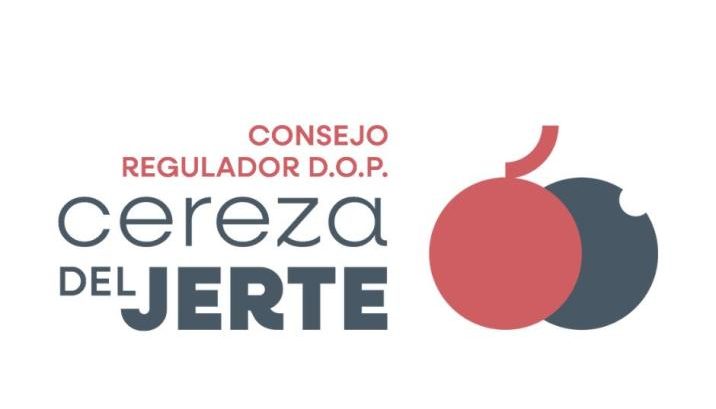The 2024 sweet cherry season in Italy has proven to be particularly challenging due to adverse weather conditions and a sluggish domestic demand. Several Italian regions, including Puglia, Campania, Modena province, and Romagna, have suffered from heavy rains that compromised both harvest quality and quantity.
In particular, Campania region, rain-induced cracking significantly reduced production volumes, while in Puglia, poor flowering led to a 20% drop in production compared to a normal season, although still an improvement over 2023, which was a particularly poor year.
The areas of Modena and Romagna also recorded a decent production, though still below their full potential due to adverse weather conditions. The quality of the fruit was often compromised, especially in the Verona area due to rain. Nationally, the sweet cherry supply for 2024 remained in line with the average of the last five seasons, which saw an average production of about 100,000 tons per year.
However, 2023 stood out as a negative year, with a production of only 93,000 tons, the lowest value in the last five years. Cultivated areas, during the 2019-2023 period, did not undergo significant changes, remaining stable at around 29,000 hectares. Puglia confirms itself as one of the most suited regions for sweet cherry cultivation, accounting for 64% of the national territory, followed by Campania, Veneto, and Emilia-Romagna.
On the foreign trade front, Italian sweet cherry exports have experienced significant fluctuations over the past five years. After reaching a peak of over 9,500 tons in 2021, exported volumes gradually declined, settling at about 5,800 tons in 2023, a 25% reduction compared to the previous year.
Despite the drop in volumes, the value of exports increased by 6% compared to 2022, thanks to a 42% increase in the average price, reaching over 33 million euros. Most exports are destined for European Union countries, with Germany as the main recipient, followed by Austria and Switzerland.
On the other hand, sweet cherry imports to Italy increased significantly in 2023, exceeding 12,000 tons, more than double compared to 2022, reflecting a greater dependence on foreign supplies to meet domestic demand. Greece became the main supplier, overtaking Spain, with a volume of over 5,100 tons, while about 17% of volumes come from abroad, mainly from Turkey.
From the perspective of domestic consumption, 2023 saw a significant decline, with Italian households buying only 19,000 tons of fresh sweet cherries, compared to over 34,000 in 2022, a 54% decrease. This decline was followed by a 45% increase in the average price, reaching €6,46/kg, which further discouraged purchases.
The main distribution channel remains large-scale retail, which accounted for 57% of total sales, followed by street markets and fruit vendors. However, even in these channels, a drop in purchased volumes was recorded.
The difficult economic situation and the consequent decrease in household purchasing power had a negative impact on sweet cherry consumption, with a significant contraction in purchases even among families with children, who historically represented an important market segment.
Source: Brunello B., Lodi D. Produzione sottotono per le abbondanti piogge e consumi non incoraggianti. Rivista di Frutticoltura, 6, 2024, p. 40-43.
Image: SL Fruit Service
Andrea Giovannini
University of Bologna (IT)
Cherry Times - All rights reserved










